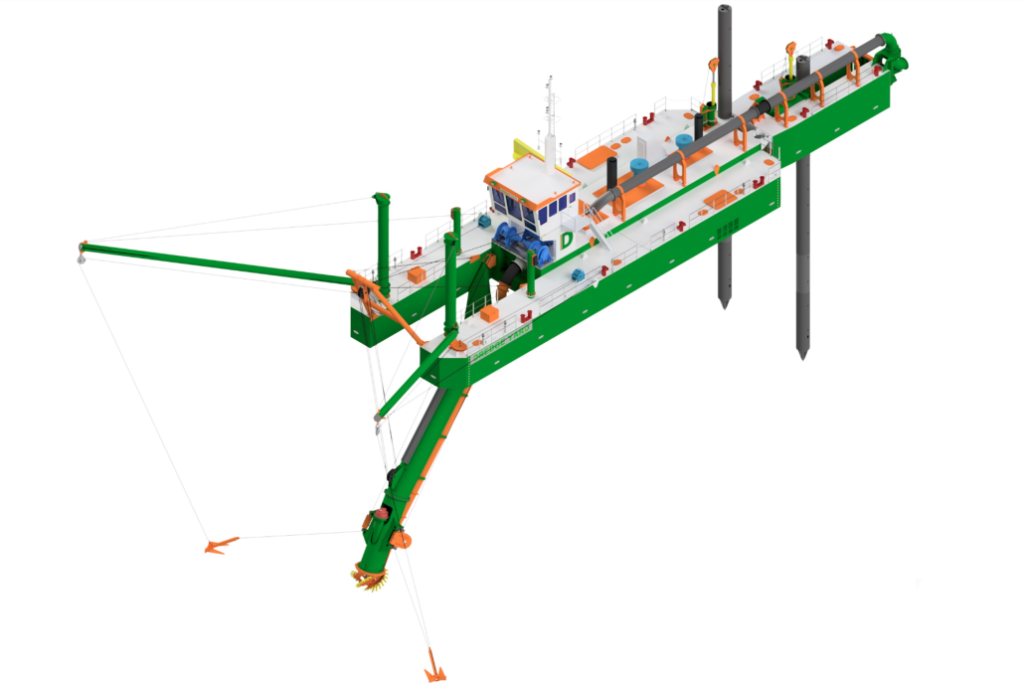Innovations In Dredging Technology
2 min read
Dredging technology has evolved significantly, driven by the need for more efficient, environmentally friendly, and cost-effective solutions. Innovations in this field are changing how sediment removal and management are conducted, addressing both traditional challenges and emerging needs. Here’s an overview of some of the key advancements in dredging technology.
Advanced dredging equipment:
Modern dredging equipment has seen substantial improvements in performance and efficiency. Innovations include the development of more precise and powerful hydraulic and mechanical dredgers. For instance, advanced cutter suction dredgers (CSDs) feature improved cutting heads and suction systems that improve their ability to handle tough sediments and varying water conditions. These advancements lead to increased efficiency in sediment removal and reduced operational costs.
Environmental protection technologies:
One of the significant challenges in dredging is minimizing environmental impact. New technologies are being developed to address this issue, including:
Silt curtains and sediment containment systems: These are used to contain sediment plumes and prevent the spread of contaminants during dredging operations. Silt curtains create a barrier around the dredging site, trapping suspended particles and protecting surrounding aquatic habitats.
Environmental dredging equipment: Innovations such as environmental clamshells and closed-loop hydraulic systems are designed to reduce sediment resuspension and limit the release of pollutants. These technologies help to maintain water quality and protect ecosystems during dredging.
Real-time monitoring and data analytics:
The integration of real-time monitoring and data analytics into dredging operations has developed the industry. Advanced sensors and GPS technology allow precise tracking of dredging progress, sediment characteristics, and equipment performance. This data is used to optimize operations, improve efficiency, and ensure compliance with environmental regulations. Additionally, real-time monitoring helps in making informed decisions and adjusting operations based on current conditions.
Automated and remote control technologies:
Automation and remote control technologies are changing dredging practices. Autonomous dredgers and remotely operated vehicles (ROVs) are now used for tasks such as underwater surveys and sediment sampling. These technologies improve safety by reducing the need for human presence in hazardous environments and improve precision in dredging operations. Automated systems also contribute to more consistent performance and reduced labor costs.
Energy-efficient dredging solutions:
Reducing the environmental footprint of dredging operations includes developing energy-efficient technologies. New dredging equipment and processes are designed to minimize fuel consumption and emissions. For example, hybrid and electric dredgers are being introduced to reduce reliance on fossil fuels and lower greenhouse gas emissions.



